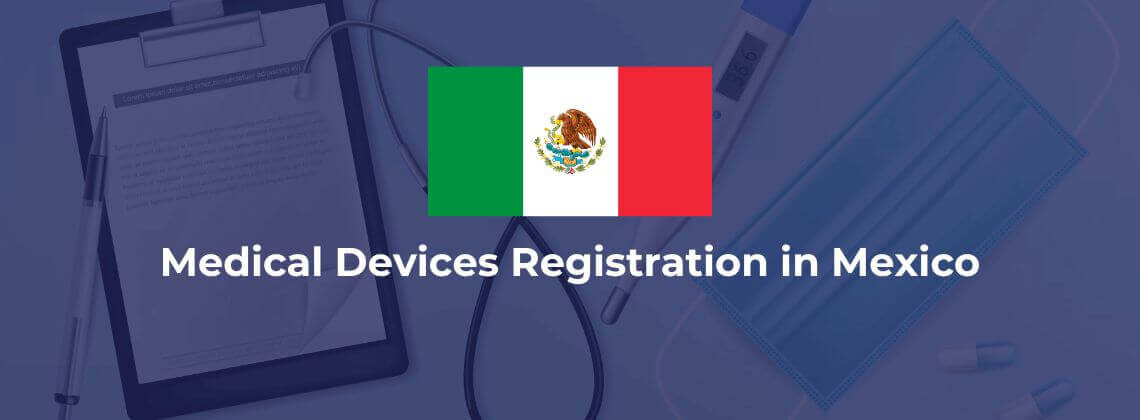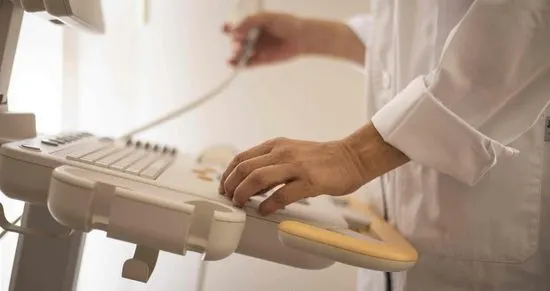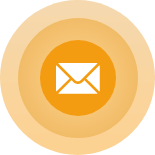The healthcare sector is dynamic and heavily reliant on medical devices to facilitate diagnosis, treatment, and patient care. Mexico, the second-largest medical device market in Latin America, offers lucrative opportunities for manufacturers exporting IVD and medical devices. Projections suggest the Medical Devices sector’s revenue could soar to $6.25 billion by 2022. Cardiology devices boast the largest market share, estimated at $0.82 billion in 2022. Let’s delve into the regulatory framework governing medical devices in Mexico and the crucial steps for companies looking to export their products into this thriving market.
Regulatory Authority
For companies exporting medical devices to Mexico, it’s essential to understand the regulatory landscape overseen by the “Federal Commission for Protection against Sanitary Risks” (COFEPRIS). This regulatory body plays a pivotal role in evaluating medical devices to ensure they meet stringent standards, promote public health, and safeguard patient safety in Mexico.
COFEPRIS’s stringent evaluation processes are designed to uphold the highest standards of quality and safety for medical devices entering the Mexican market. As companies navigate the process of exporting medical devices to Mexico, compliance with COFEPRIS regulations is paramount to successfully registering and marketing their products in the country.
Registration Process
For companies exporting medical devices to Mexico, the registration process entails several key steps:
a. Classification of Medical Devices
- When exporting medical devices to Mexico, it’s crucial to comprehend their classification under COFEPRIS regulations. Devices are categorized into four classes—Class I, Class II, and Class III—based on their associated risk levels.
- Class I devices: Devices with minimal risk to the human body. Their safety and effectiveness are fully evaluated, and they are generally devices that are not introduced into the human body. E.g. elastic bandages and crutches
- Class II devices: Products that may have variations in their composition or concentration. They are introduced into the human body for a period of less than 30 days. E.g. Syringes, Wheelchairs and Infusion pumps
- Class III devices: New or recently accepted products in medical practice, or products introduced into the human body and remaining for more than thirty days. E.g. Artificial heart valves and Pacemakers
b. Submitting the registration application along with required documentation, encompassing technical specifications, labeling details, and evidence of adherence to Mexican standards.
c. Foreign manufacturers should appoint a Mexican Registration Holder (MRH) as a prerequisite to market devices in Mexico.
d. COFEPRIS undertakes a comprehensive review and evaluation, potentially involving technical assessments and inspections of manufacturing sites.
e. Upon successful completion of the evaluation, the registration certificate is approved and subsequently issued.
Documents Required for Medical Devices Registration in Mexico
- Format for authorizations, certificates and visits, duly required
- Proof of payment of rights, in terms of the Federal Law of Rights
- Technical and scientific information to demonstrate that the input meets the safety and efficacy characteristics
- ISO 13485 certification or equivalent quality management system certificate 13485 certification or equivalent quality management system certificate
- Label project in Spanish language, in the terms of the corresponding official Mexican standard
- Instructions, if applicable, for use or operation manual in Spanish
- General description of the manufacturing process carried out to obtain the product
- Description of the structure, materials, parts and functions of the medical device, if applicable
- Laboratory tests to verify input specifications
- Bibliographic references
- Certificate of free sale or equivalent, issued by the health authority of the country of origin
- Letter of representation from the manufacturer, authenticated by the legal procedure that exists in the country of origin, in Spanish or another language, with its respective translation into Spanish by an expert translator, if the product is not manufactured by the parent company or factory or laboratory who requests health registration in Mexico
- Certificate of good manufacturing practices issued by the health authority of the country of origin
- Certificate of analysis issued by the company that produces the product, on letterhead and duly signed by the person responsible for quality control.
Approval in EU/US and its Impact on Registration
For companies exporting medical devices, obtaining approval in either the European Union (EU) or the United States (US) can significantly expedite the registration process in Mexico.
Timeline and Associated Fees
| Device Class | Registration Route | Timeline | Registration Fee |
| Class I MD/IVD | Standard Route | 3-6 months | $650 USD |
| Class II MD/IVD | Expedited Route (Third Party Route-TPR) | 2-5 months | $1,000 USD |
| Class III MD/IVD | Equivalency Route (for US, Canada, and Japan-approved devices) | 3-8 months | $1,250 USD |
Exporting medical devices to Mexico entails ongoing obligations for manufacturers, including:
- Pharmacovigilance: Manufacturers are required to actively monitor any adverse events or negative effects associated devices.
- Variations: Any modifications or changes to the device’s design, labeling, or manufacturing process must be communicated to COFEPRIS.
- Renewal: Therefore, manufacturers must ensure the timely renewal of these certificates to continue legally marketing and selling their devices in Mexico.
- Audits: COFEPRIS has the authority to conduct post-market audits to assess manufacturers’ compliance with regulations and standards.








